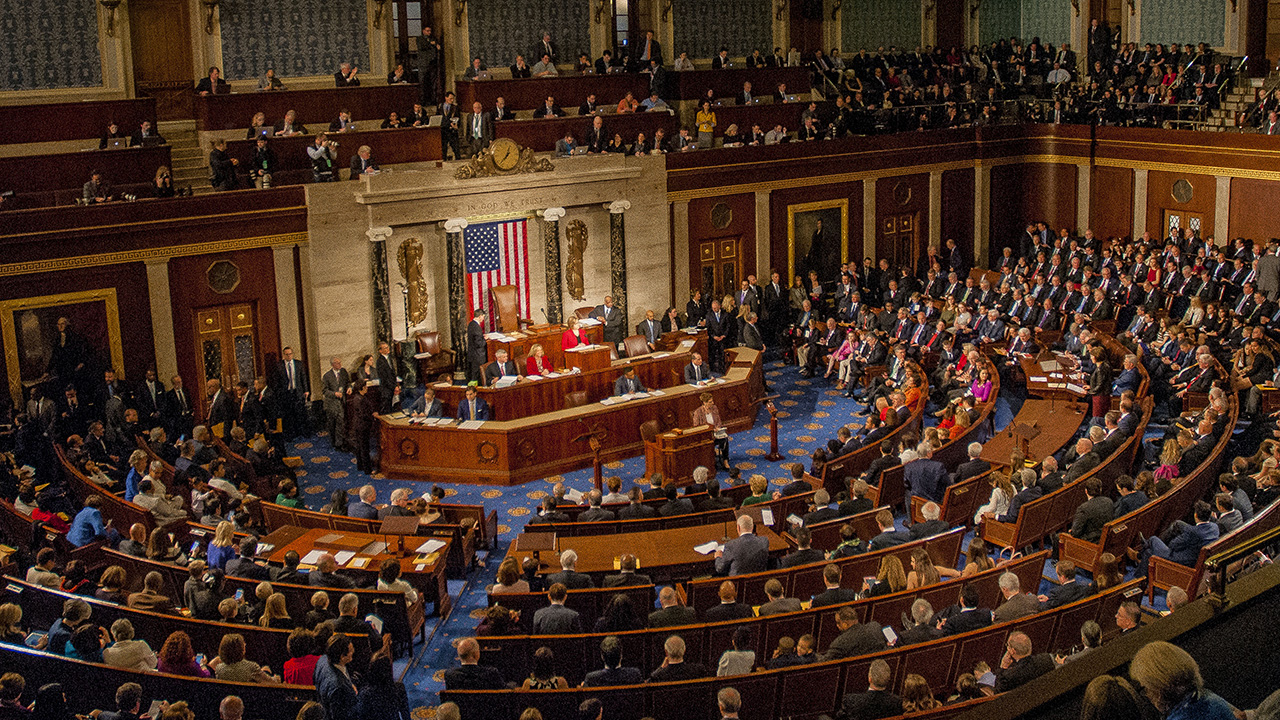N.B. / American Water Works Association
- Home Page 458

N.B. / ASTM International
This content is accessible to paid subscribers. To view it please enter your password below or send mike@standardsmichigan.com a request for subscription details.
N.B. / Underwriters Laboratories
This content is accessible to paid subscribers. To view it please enter your password below or send mike@standardsmichigan.com a request for subscription details.
FG Cloud Technical Report
This content is accessible to paid subscribers. To view it please enter your password below or send mike@standardsmichigan.com a request for subscription details.
Standards in Cloud Computing
This content is accessible to paid subscribers. To view it please enter your password below or send mike@standardsmichigan.com a request for subscription details.
ISO/IEC 17788, Cloud computing – Overview and vocabulary
This content is accessible to paid subscribers. To view it please enter your password below or send mike@standardsmichigan.com a request for subscription details.
Robust Management of Trans-Cloud Applications
This content is accessible to paid subscribers. To view it please enter your password below or send mike@standardsmichigan.com a request for subscription details.
5G Workshop with ASEAN nations
The American National Standards Institute (ANSI) is currently soliciting U.S. industry feedback for a workshop covering 5G next-generation applications and networks for countries in the Association of Southeast Asian Nations (ASEAN) region. ANSI, through the United States Trade and Development Agency-funded U.S. Indo-Pacific Standards Technology Cooperation Program, seeks a co-organizer from the U.S. private sector.
The workshop—tentatively planned for September 2020 in Vietnam—aims to build awareness on the extensive standards development work currently taking place for diverse applications that will run on 5G networks. The event will provide information and communications technology (ICT) enabled applications for autonomous vehicles and intelligent transportation systems, industrial Internet of Things (IoT), health care, energy utility industries, and other vertical applications where standards development is taking place. It will also provide insights to demonstrate how industry-driven standards development boosts innovations, close knowledge gaps about industry-led standards development activities, and facilitate cooperation and discussion between public and private sector participants from both the United States and ASEAN countries.
Interested stakeholders can contact us-indostcp@ansi.org with suggestions or questions by Friday, March 13, 2020.*
*Opportunities for observers of committee action are possible; though other arrangements may be needed for the Vietnam meeting in the fall. We will place this development on the agenda of our 5G teleconference. See our CALENDAR for the next online meeting.
LEARN MORE:
US Department of State: A Free and Open Indo-Pacific
5.12.20
Standing Agenda / Water
This content is accessible to paid subscribers. To view it please enter your password below or send mike@standardsmichigan.com a request for subscription details.
New update alert! The 2022 update to the Trademark Assignment Dataset is now available online. Find 1.29 million trademark assignments, involving 2.28 million unique trademark properties issued by the USPTO between March 1952 and January 2023: https://t.co/njrDAbSpwB pic.twitter.com/GkAXrHoQ9T
— USPTO (@uspto) July 13, 2023
Standards Michigan Group, LLC
2723 South State Street | Suite 150
Ann Arbor, MI 48104 USA
888-746-3670













